Toronto—From sticky to crusty, pliable to powdery, and shaped to shapeless, clay’s ability to transform in real time is prompting a new generation of artists to explore the possibilities of this ancient material.
The Gardiner Museum’s exhibition RAW, that opened on March 5, 2020, features the work of four leading artists who are pushing boundaries with unfired clay: Cassils, Magdolene Dykstra, Azza El Siddique, and Linda Swanson.
The Gardiner commissioned new installations from each of the artists, exploring themes that range from trans visibility to the sustainability of human population growth. What the works share is an emphasis on clay’s physical and metaphorical connection to the earth, our bodies, and the passage of time.
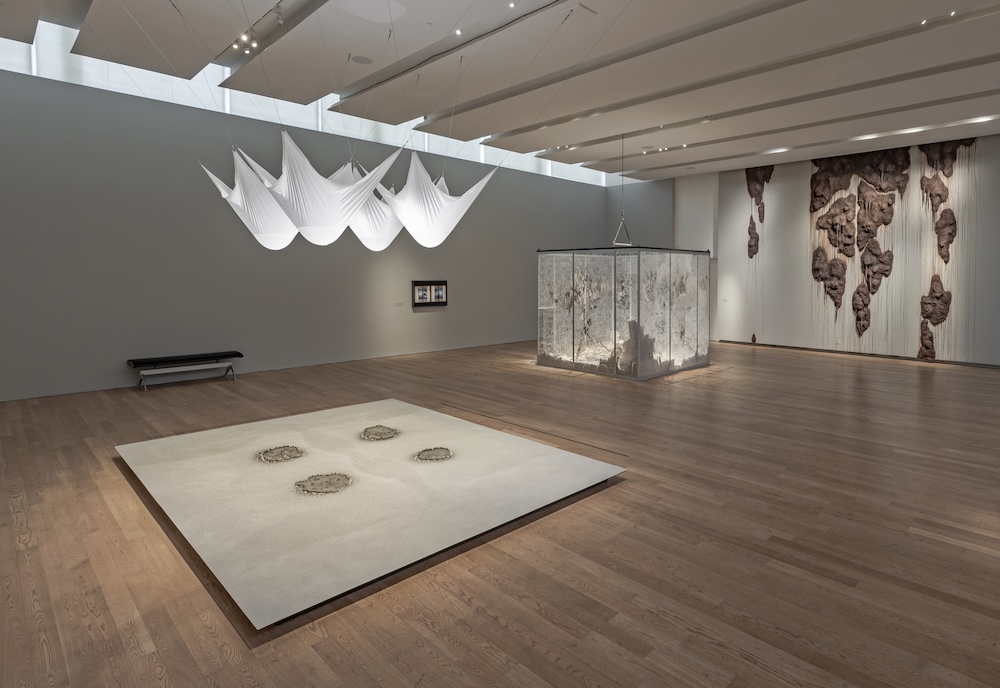
Gardiner Museum, Toronto, 2020
Photo: Toni Hafkenscheid
The Gardiner commissioned new installations from each of the artists, exploring themes that range from trans visibility to the sustainability of human population growth. What the works share is an emphasis on clay’s physical and metaphorical connection to the earth, our bodies, and the passage of time.
In its raw, unfired state clay is an unconventional medium in visual art. Archeological examples survive, but the widespread use of raw clay, rather than fired ceramic, is a recent phenomenon. RAW explores how artists today are using unfired clay in innovative and entirely new ways, particularly as a time-based medium.
Each installation is taking shape on site, and evolved over the course of the exhibition through factors like exposure to moving water. The works represent individual ecologies, constantly in a state of flux or becoming, revealing new developments and surprises with each visit. The public is encouraged to return throughout the run of the show to witness the evolution of the works.
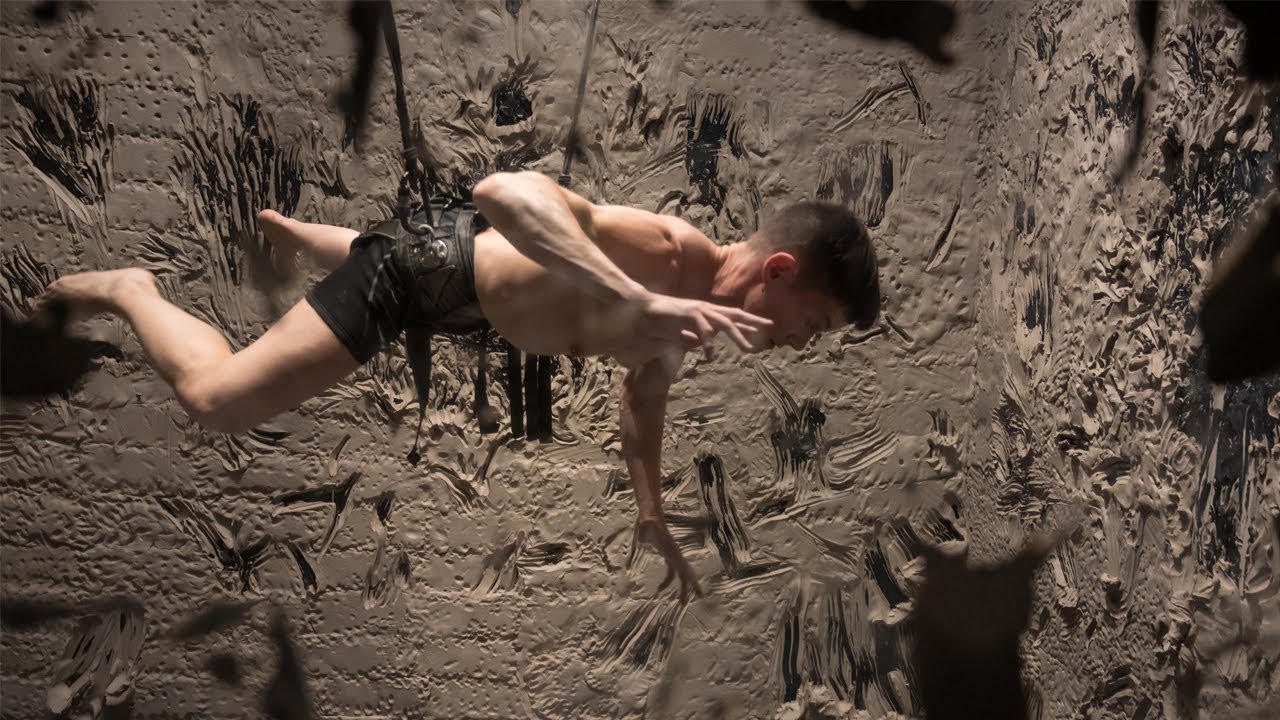
Up To and Including Their Limits, 2020
Performance with 1200 kilograms of clay, Plexiglas, aluminum, black webbing and rated black kernmantle cord, carabiners, spreader bar, shackles, swivel harness
Photo: Toni Hafkenscheid
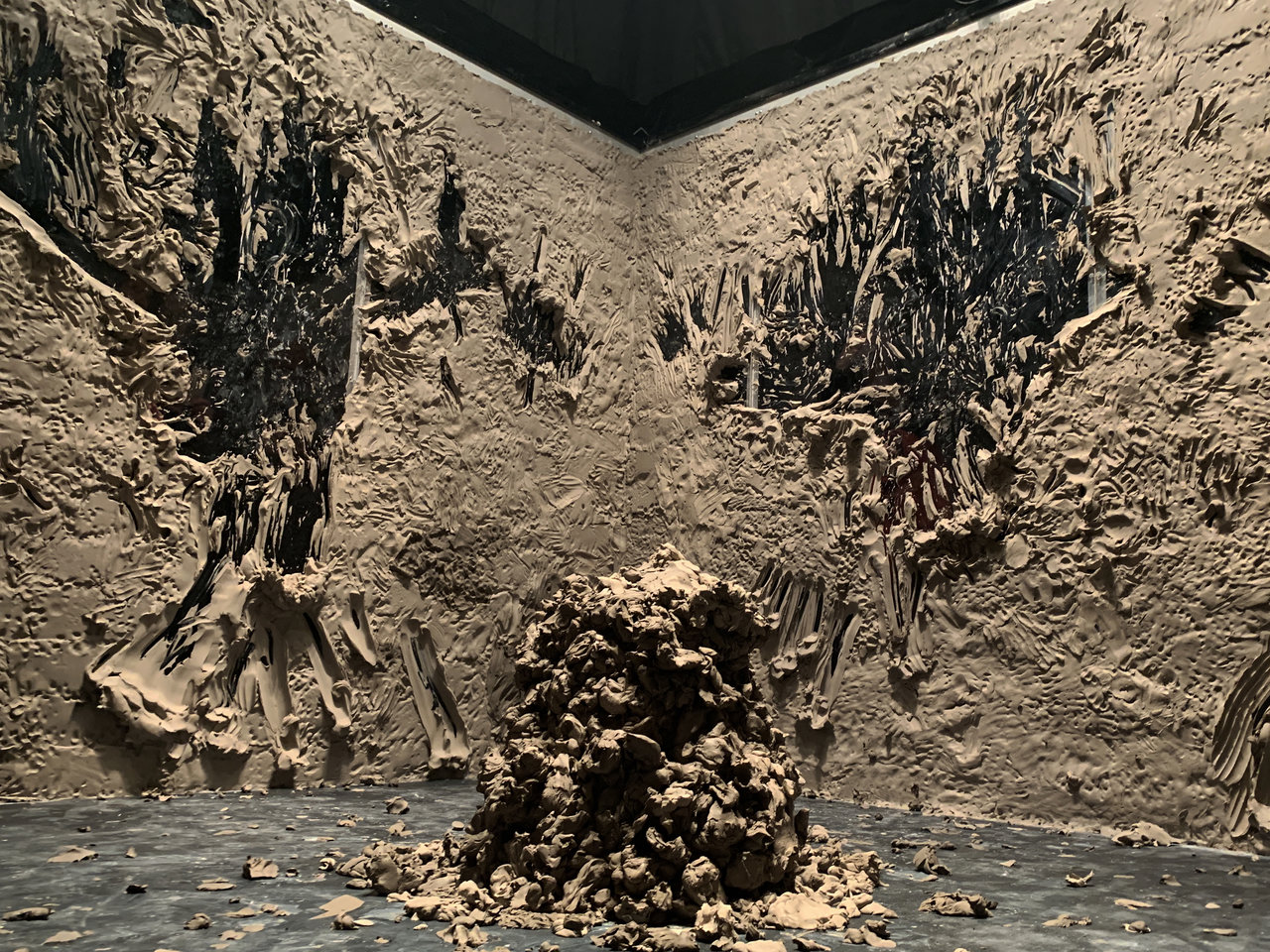

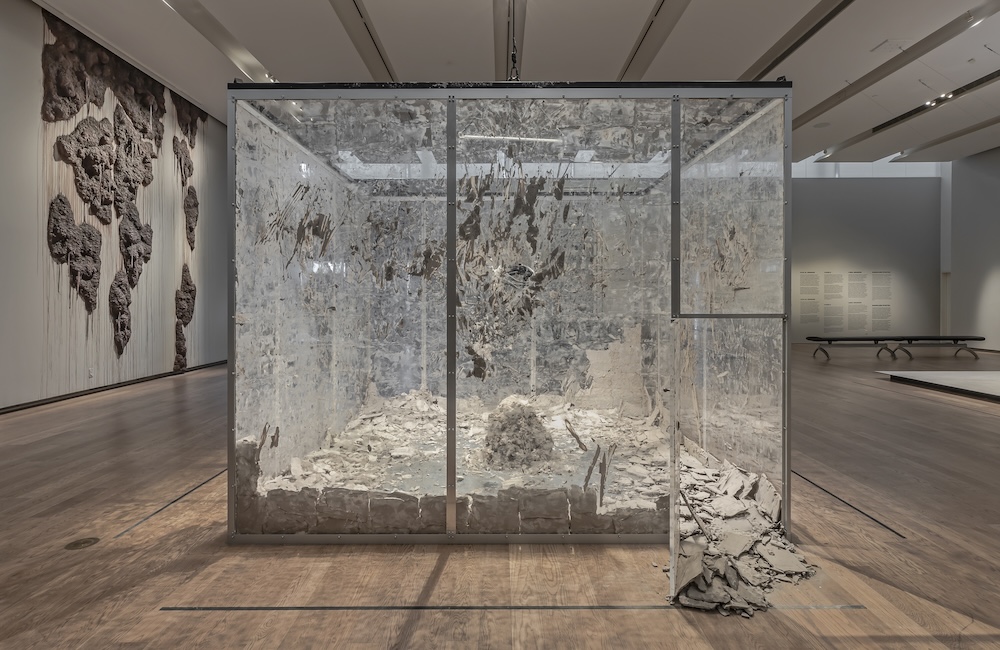
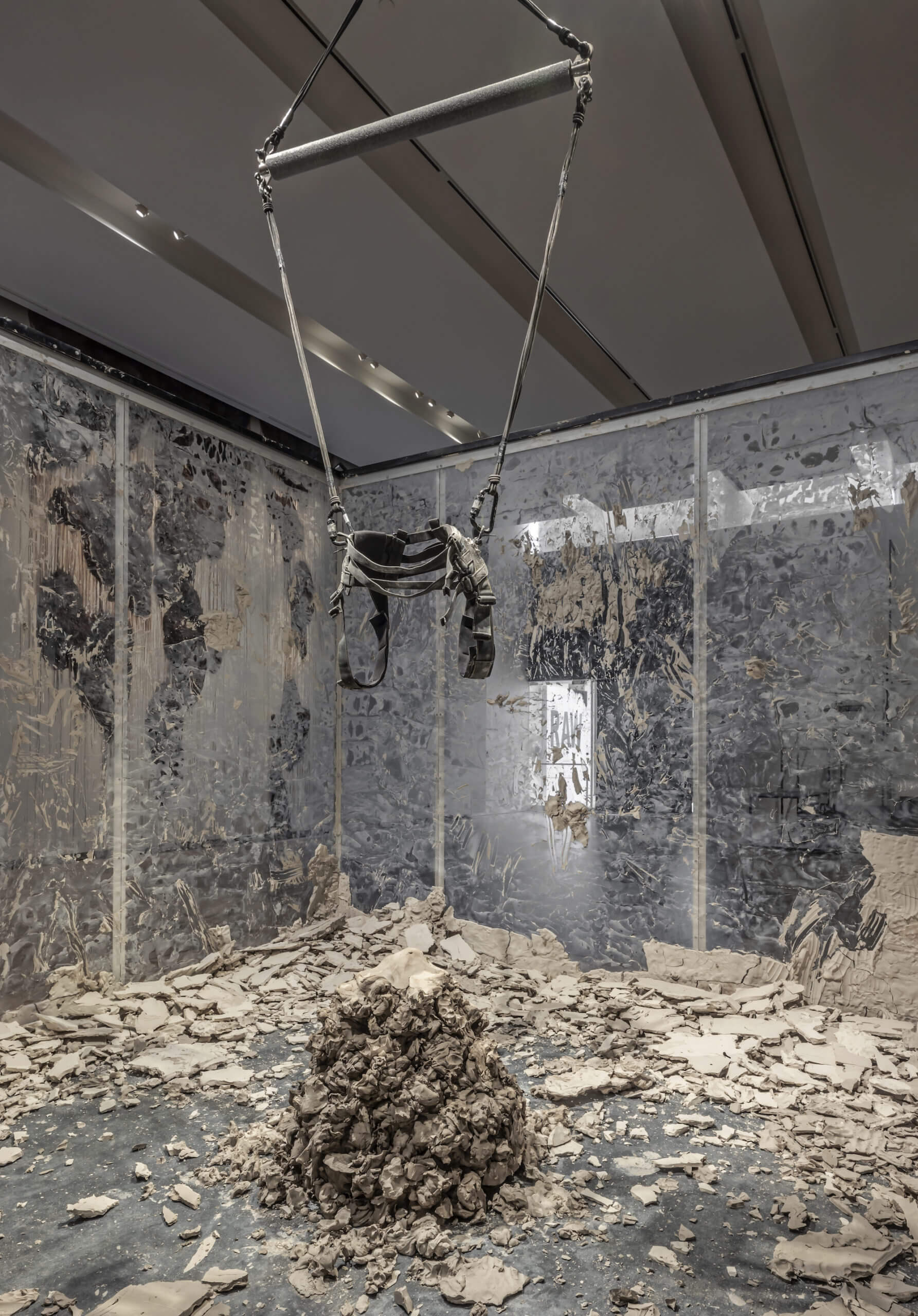
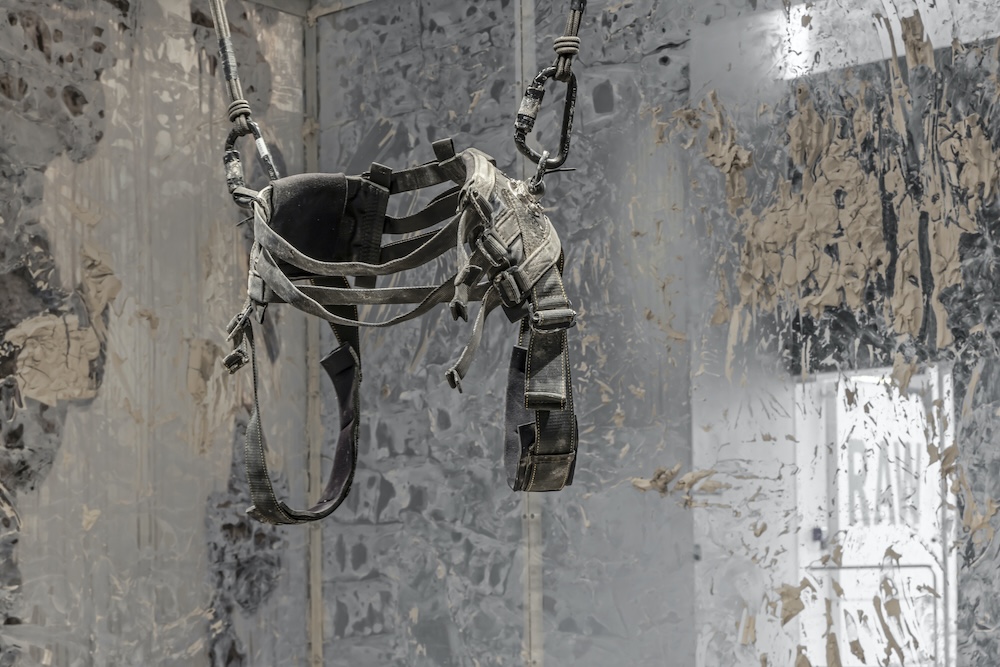
The Gardiner presented the highly-anticipated world premiere of a new performance work by Cassils titled Up To and Including Their Limits. Paying homage to the late feminist icon Carolee Schneemann, Cassils used raw clay to reimagine Schneeman’s historic performance piece Up To and Including Her Limits from a trans and non-binary perspective.
Suspended from a harness in a plexiglass box with walls covered in thick raw clay, Cassils launched their body back and forth, clawing, swinging at the walls, and hurling chunks of clay to the floor. As they removed swaths of clay from the walls, Cassils created “windows” through which the audience could peer, engineering voyeurism into the work itself.
The remnants of Cassils’ performance, including the plexiglass structure, harness, clay, and video documentation are on view in the exhibition.
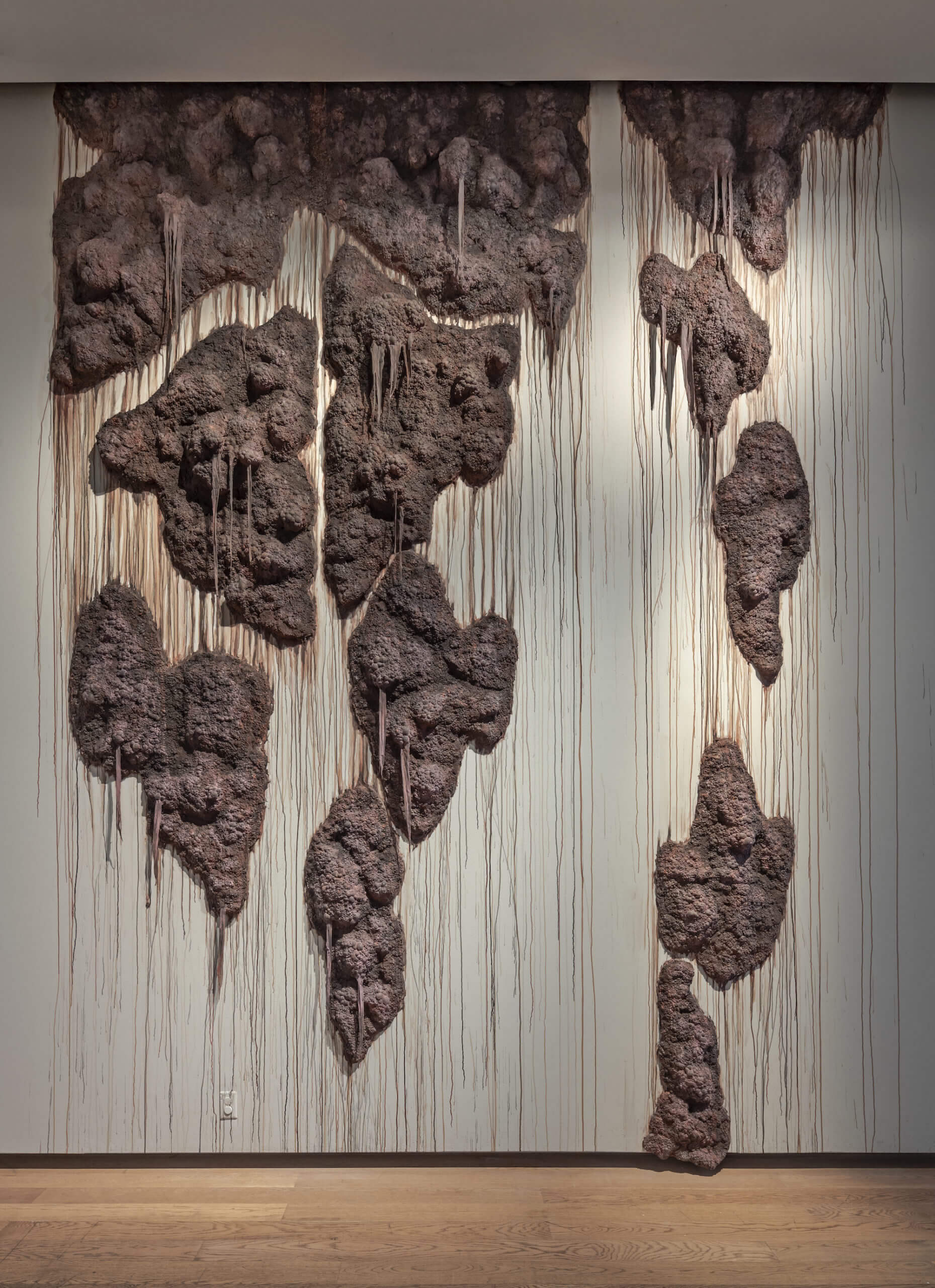
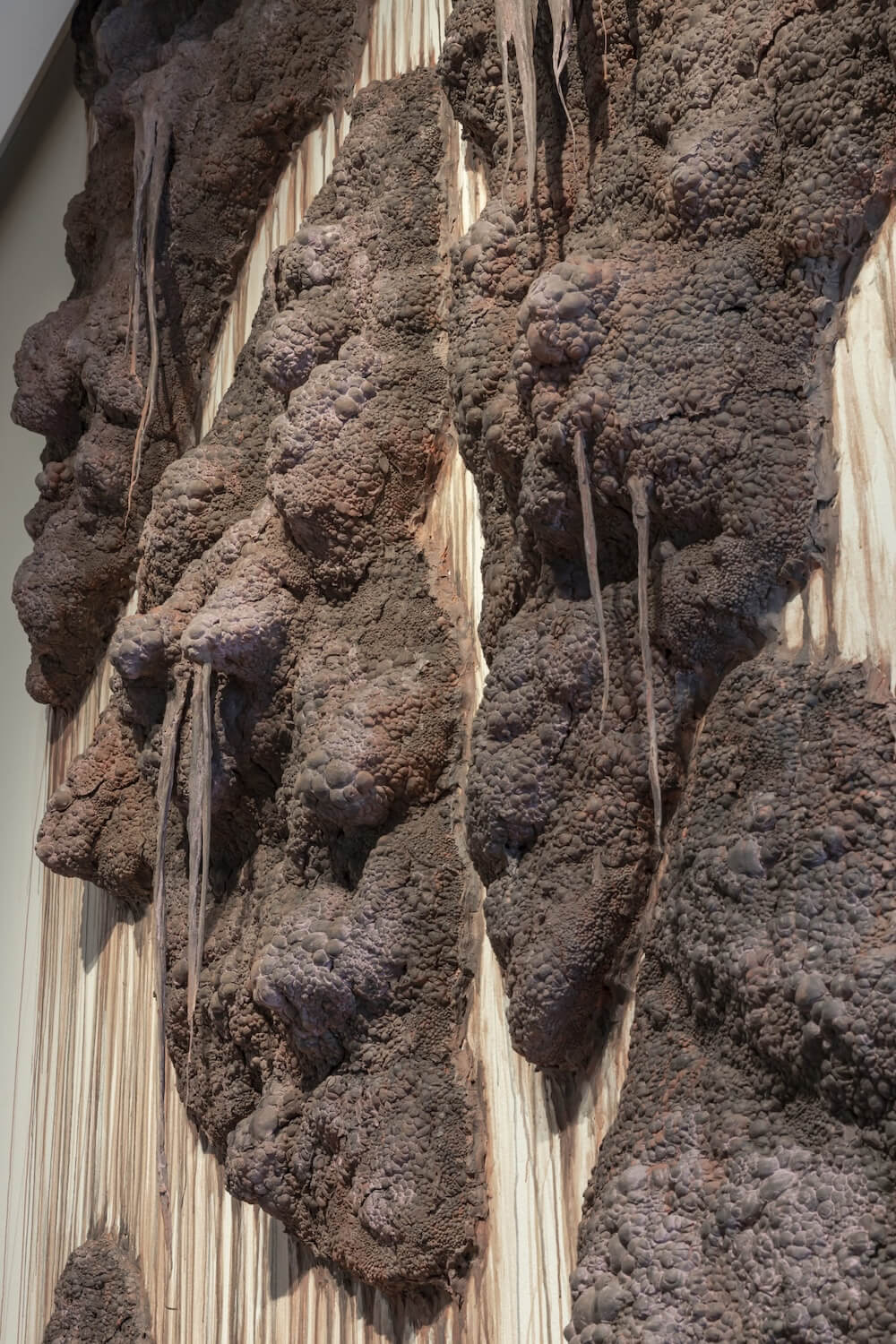
Polyanthroponemia (detail), 2020
Unfired clay and mixed media
Photo: Toni Hafkenscheid
Magdolene Dykstra takes inspiration from microbial forms of life, contemplating the delicate balance between symbiosis, or mutual support, and all out domination of the host. Her new work Polyanthroponemia visualizes our presence on the planet as an infestation. Large growths of raw clay
appear to seep from the walls of the exhibition hall, the dry surface and earthiness evoking an emergent life form and transforming the sterile ‘white cube’ into a petri dish. Dykstra’s installation will continue to grow, or spread, over the course of the exhibition.
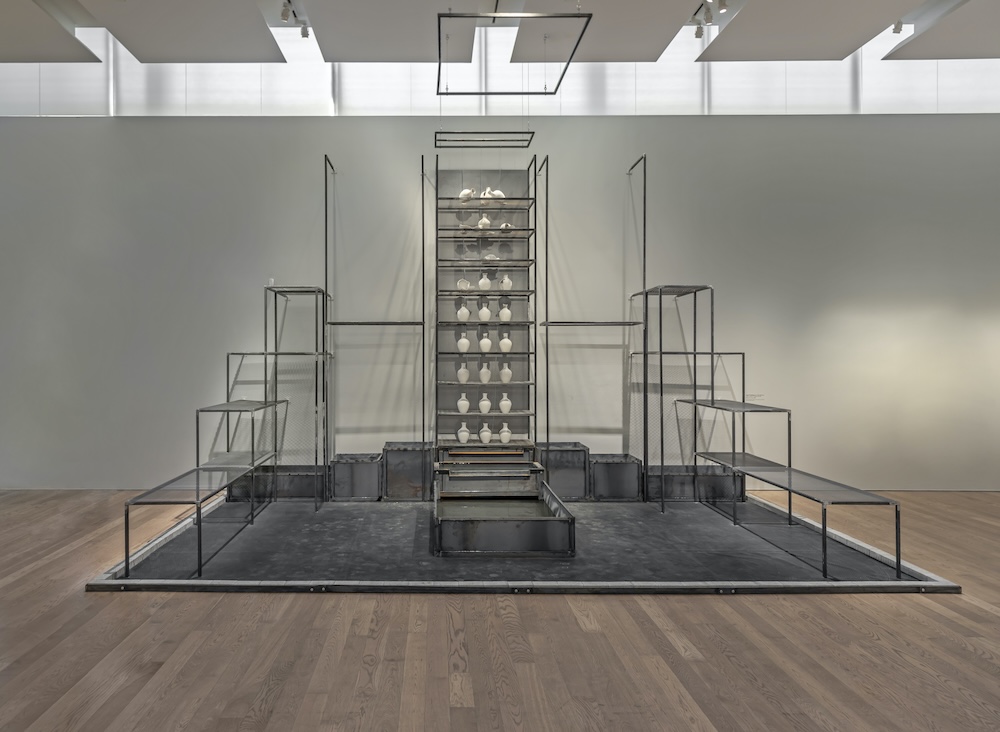
Measure of one, 2020
Steel, expanded steel, unfired slip clay, water, water barrier, slow-drip irrigation system
Photo: Toni Hafkenscheid
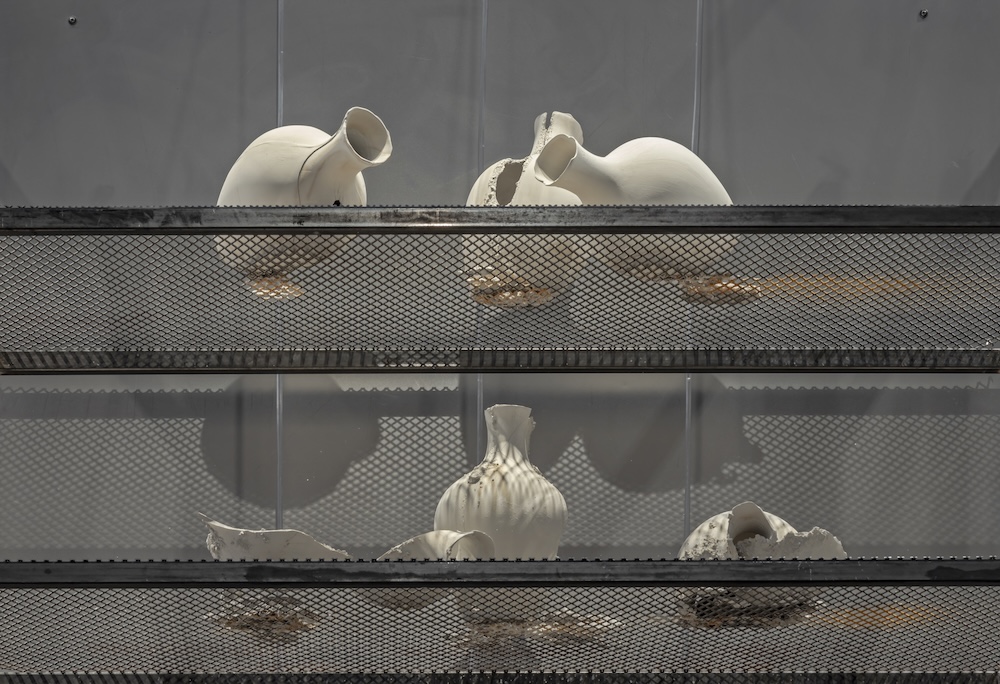

In her largest and most ambitious work to date, Azza El Siddique asks how loss, memory, and the multiple fractures that result from a single event can impact us. Measure of one draws from the visual and symbolic language of an ancient Egyptian ritual temple built for Tirhaga (Taharqa), a Nubian pharaoh of the seventh century BCE. As a network of pipes and pumps drips water onto seventy-five unfired clay vessels arranged on a metal structure, they will erode and transform, dissolving the boundaries between materials and states of matter.
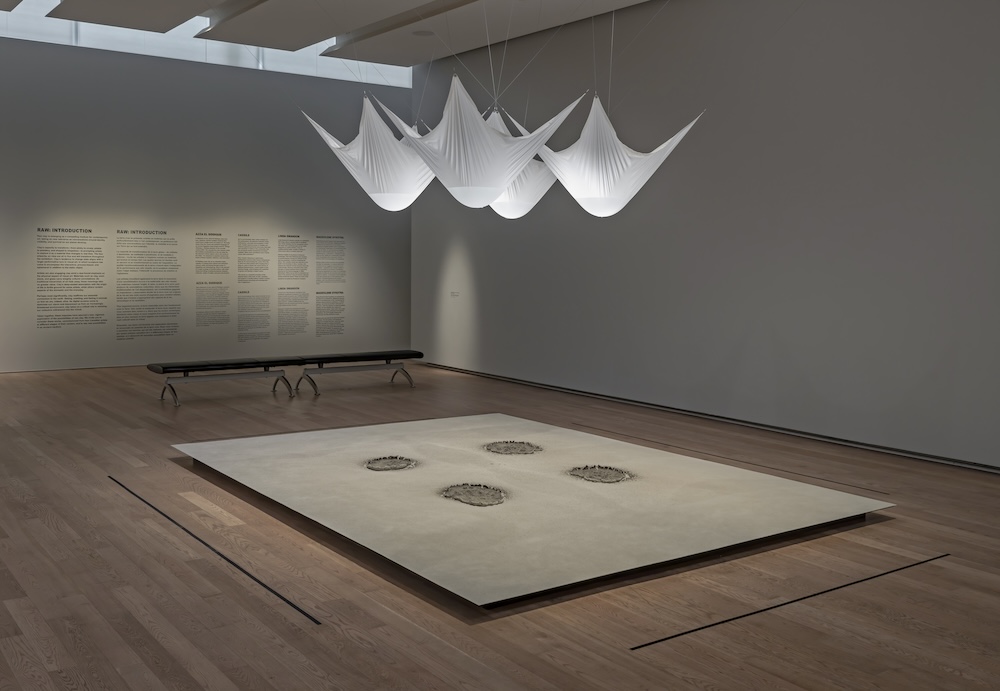
TEMPLUM OF A PRECIOUS THING OF NO VALUE, A SHAPELESS THING OF MANY SHAPES, 2020
Clay, water, metal, nylon, wood
Photo: Toni Hafkenscheid
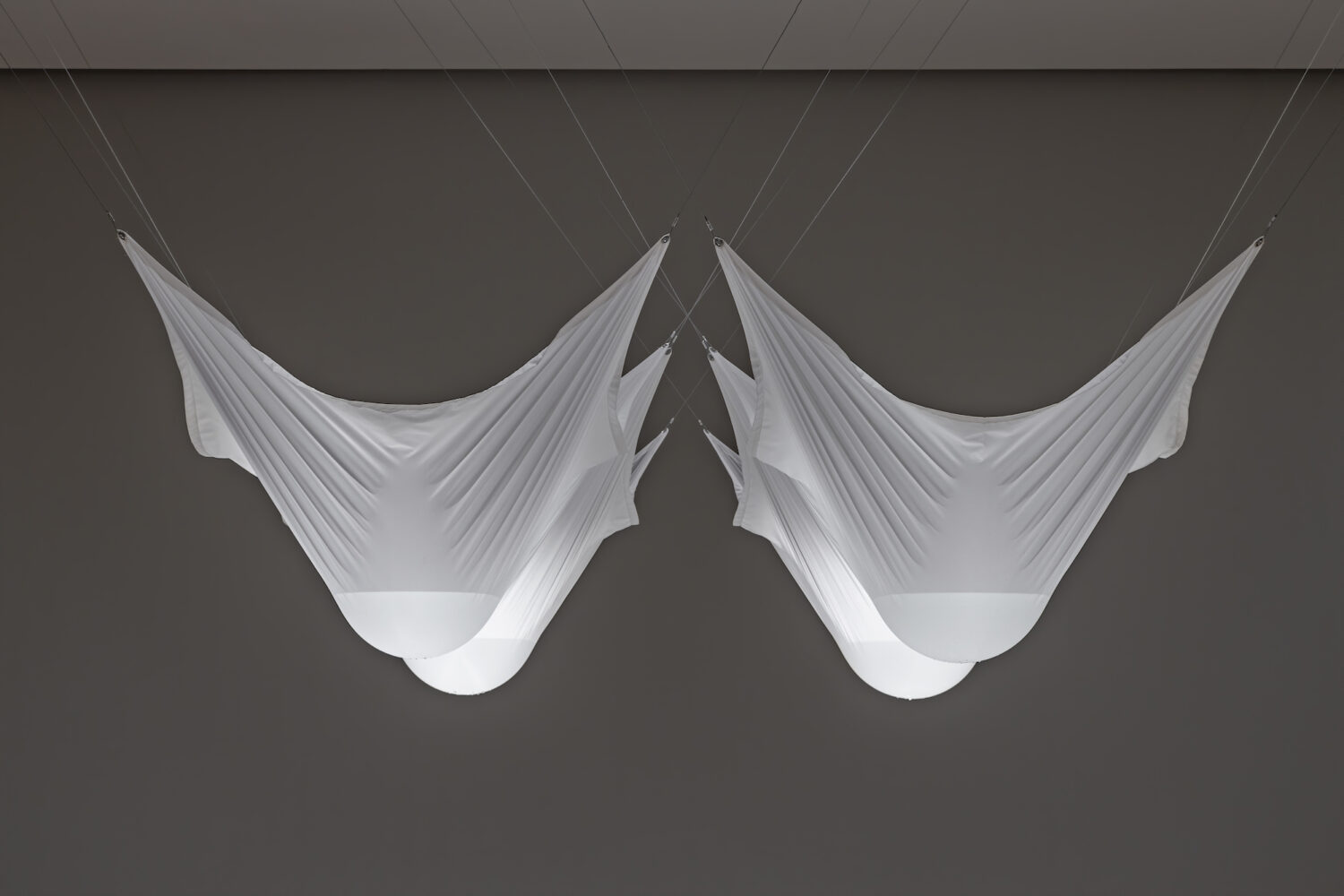

TEMPLUM OF A PRECIOUS THING OF NO VALUE, A SHAPELESS THING OF MANY SHAPES by Linda Swanson consists of four water-filled membranes that hang above a pristine field of powdered clay, slowly seeping onto the topography below. Swanson uses bentonite clay, which is capable of taking on many forms, akin to a human stem cell. The clay will crack, congeal, and change colour as it is exposed to drops of water over a three month span. Swanson’s primordial clay landscape invite us to consider our place in the universe and how ominous climactic events predict the future.
Text and images courtesy of the Gardiner Museum.
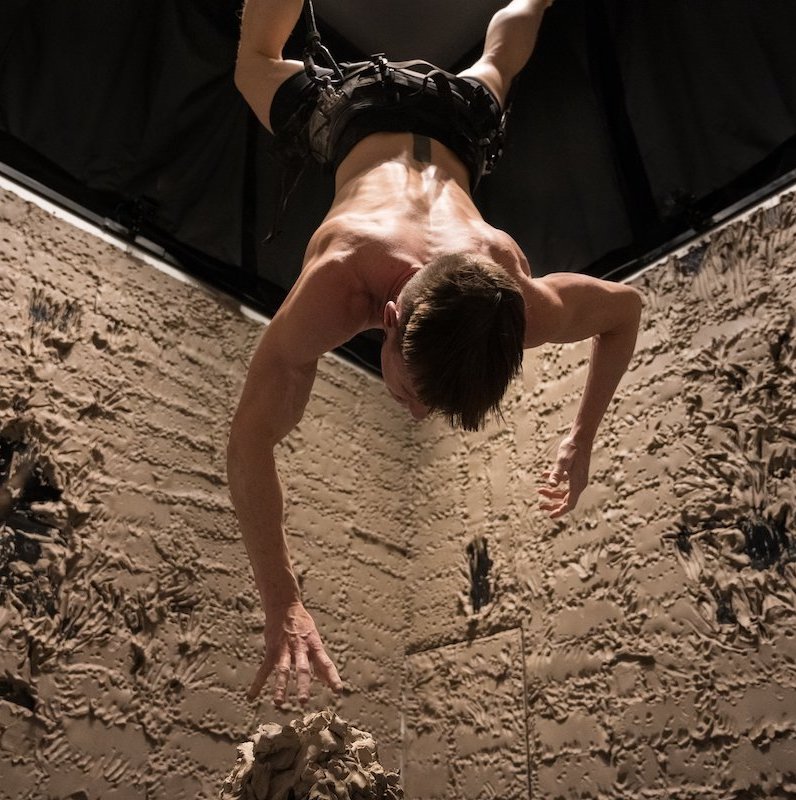
Add your valued opinion to this post.